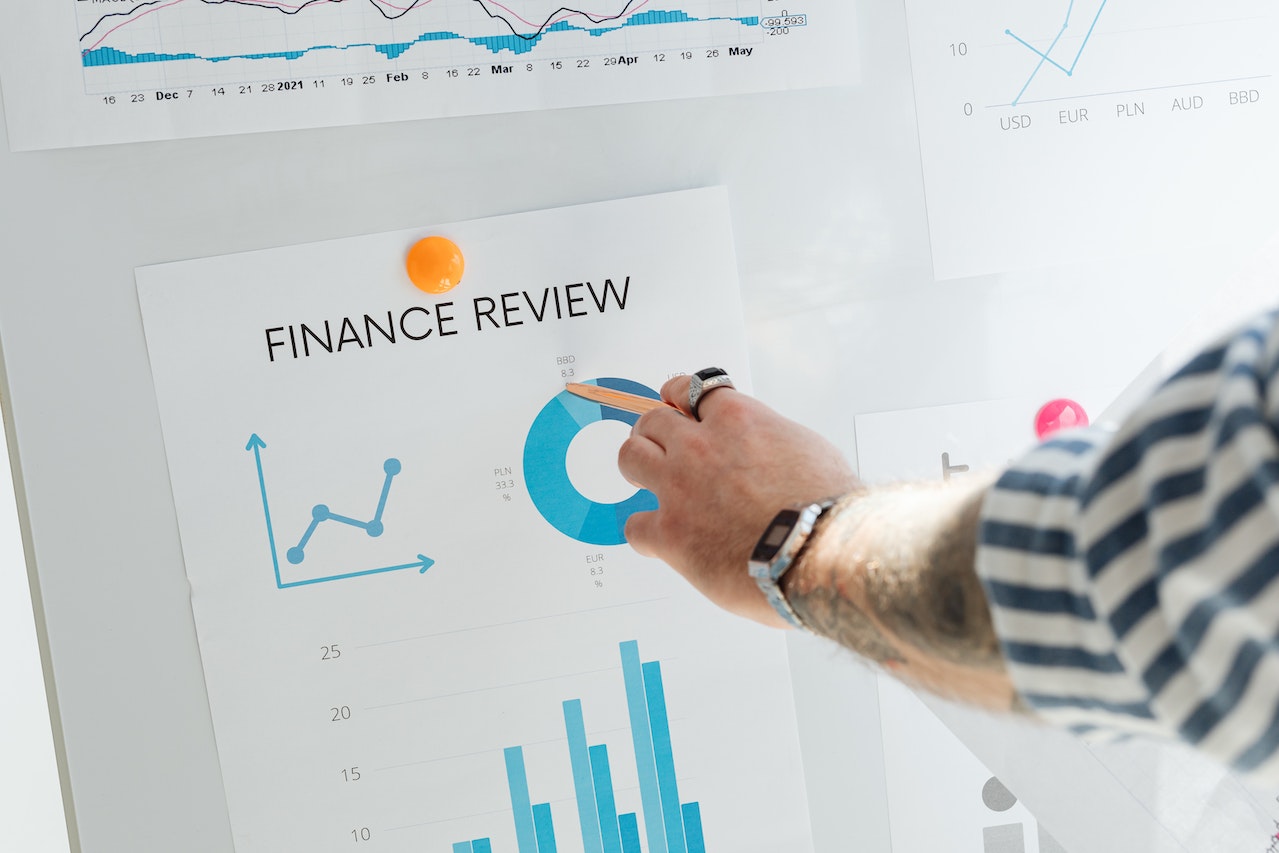A balance sheet is a type of financial statement that shows the state of an organisation’s finances at a certain moment in time. Its three main structural pillars comprise assets, liabilities, and net assets. For the most part, the balance sheet serves as more than just an accounting tool for NGOs. Essentially, it is a strategic tool that helps with decision-making, increases transparency, and fosters stakeholder confidence.

- The foundation of nonprofit financial management is the balance sheet.
- Knowledge about asset liquidity can guide decisions about whether to invest in new projects or keep reserves for unanticipated events.
What is a balance sheet?
An organisation’s ability to maintain operations and fulfil its mission depends on its balance sheet. This is especially crucial for nonprofits, where resources are frequently scarce. Furthermore, the capacity to optimise financial management can directly impact the achievement of organisational objectives.
The Strategic Use of Balance Sheet for Nonprofits
Here are some of the most important uses of the balance sheet for nonprofits.
1. Improves Transparency in Finance
Since nonprofits depend on donor financing and public confidence, transparency is essential to their operations. Also, stakeholders can see how money is allocated and managed from the balance statement. As we all know, financial transparency strengthens bonds and encourages sustained support. This is by instilling confidence in beneficiaries, board members, and donors.
2. Informs Resources Allocation
Secondly, as a tool for decision-making, the balance sheet assists executives in setting priorities for the distribution of resources. Also, decisions about whether to invest in new projects or keep reserves for unanticipated events can be guided by knowledge about asset liquidity. This is consistent with strategic frameworks, wherein data-driven choices serve as the foundation for efficient nonprofit management.
3. Assists with Risk Control
Thirdly, nonprofits work in dynamic situations where they frequently deal with erratic funding or shifting economic conditions. As a result, potential weaknesses like excessive debt or a lack of liquid assets, are shown on a balance sheet. This makes it possible for organisations to develop financial resilience and proactively manage risks.
4. Puts Mission Alignment Into Practice
Lastly, nonprofits exist to accomplish a cause, not generate profit. Hence, the sheet can show how the mission and resources are in line. For example, good resource management is shown by a large percentage of assets allocated to program delivery rather than administrative expenses.
Conclusion
In summary, the foundation of nonprofit financial management is the balance sheet. Altogether, it provides vital information on the sustainability and health of the organisation. Nonprofits can accomplish their objectives more successfully thanks to the balance sheet’s ability to increase transparency, facilitate strategic decision-making, and show alignment with organisational mission.
However, its usefulness hinges on careful planning, careful interpretation, and interaction with other financial instruments. Using the balance statement as a tactical tool can assist NGOs in overcoming obstacles and making a long-lasting social impact.
Share your comments, questions and suggestions at the bottom of this post.


